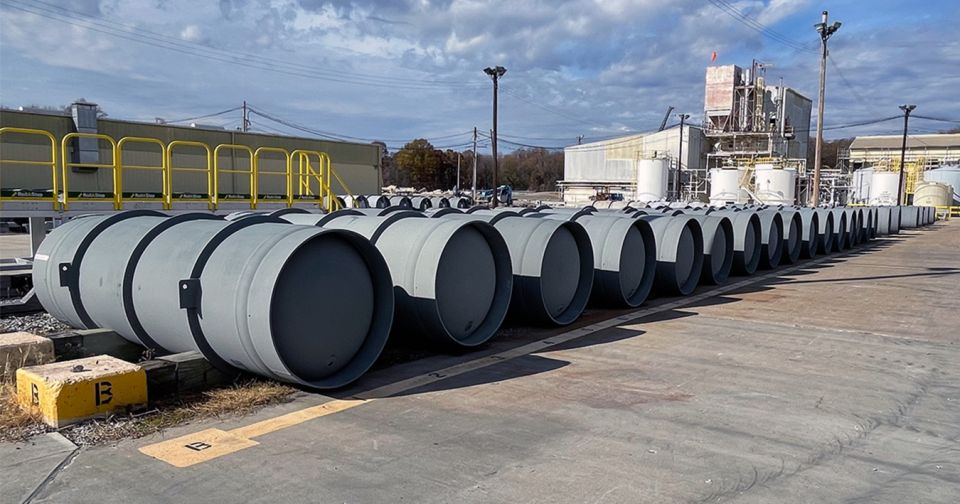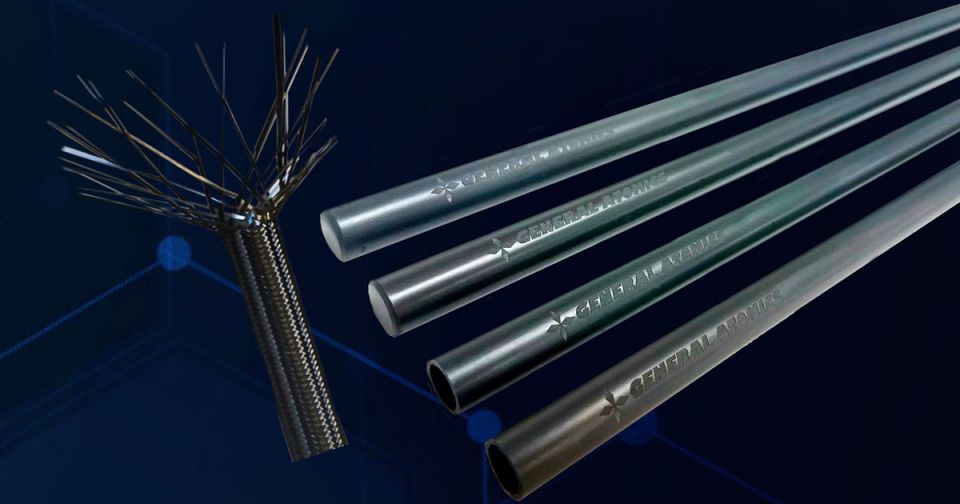Entergy’s River Bend in St. Francisville, La., a boiling water reactor and one of five Entergy nuclear power reactors. (Photo: Entergy)
The Department of Energy’s Gateway for Accelerated Innovation in Nuclear (GAIN) announced June 20 that two companies—one power plant operator and one advanced reactor developer—are getting vouchers to access the extensive nuclear research capabilities and expertise available across the DOE national laboratories in the third round of GAIN vouchers awarded for fiscal year 2024.
Real-time risk modeling: Entergy Operations, which has a fleet of five light water reactors in Arkansas, Louisiana, and Mississippi, will work with Oak Ridge National Laboratory to implement a real-time predictive model that could eventually reduce manual rounds and resource-intensive monitoring at U.S. nuclear power plants. For Entergy, preventing generation losses due to equipment failures is critically important. According to the project abstract, “The new data-driven approach is anticipated to lower operational costs while mitigating equipment failures and ensuring the predictability of nuclear plant operations.”
Entergy will partner with ORNL to implement real-time generation risk assessment modeling to address these issues. ORNL’s Operational Performance Risk Assessment (OPRA) software will be used to integrate the model with real-time data. Entergy will “roll out” the model at one of its operating plants and expand it to others if successful.
Molten fuel salt analysis: Terrestrial Energy USA will partner with Pacific Northwest National Laboratory to analyze the fuel salt planned for the company’s Integral Molten Salt Reactor at temperatures relevant to normal operation and accident scenarios.
Thermogravimetric analysis of simulated fuel salts could provide important information for the performance evaluation and safety case of the IMSR design. Of particular interest is the thermophysical behavior of the fuel salt due to the buildup of fission and corrosion products as it relates to radionuclide transport. Experts in thermogravimetric analysis at PNNL expect to determine which chemical species are present in the fuel salt vapor as a function of temperature and partial pressure, whether the fuel salt decomposes at elevated temperatures, and the kinetics of fuel salt vaporization. The work will support the design of IMSR core components and the overall plant design.
About GAIN: GAIN voucher recipients do not receive direct financial awards. Instead, vouchers provide funding to DOE laboratories. All awardees are responsible for a minimum 20 percent cost share, which could be an in-kind contribution.
GAIN was established by the DOE’s Office of Nuclear Energy and provides the nuclear community with the technical, regulatory, and financial support necessary to move innovative nuclear technologies toward commercialization while ensuring the continued, safe, and economic operation of the existing fleet. More information on GAIN, including current and past awards, can be found here.







